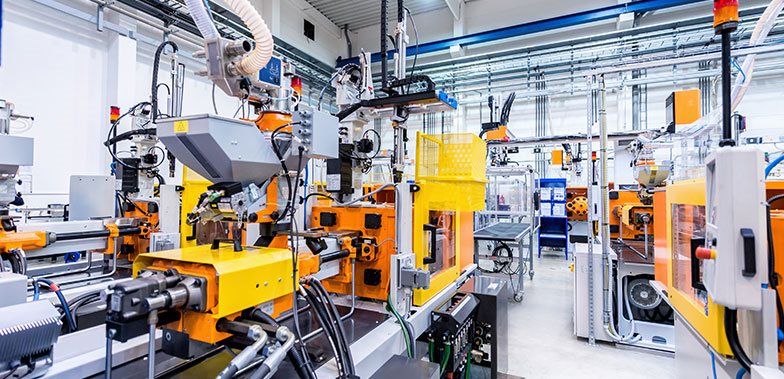How Does Injection Molding Work?

Injection molding is a manufacturing process whereby companies can produce their items/ products in large volumes. The injection molding process is an interesting one because it’s a complex process that simplifies production processes. It’s a manufacturing process that replicates thousands and millions of items in quick succession. Examples of materials mainly used for injection molding include metals, glasses, elastomers, and confections; however, the most commonly used materials include thermoplastic and thermosetting polymers.
Understanding the process of injection molding requires experience and expertise. It’s important to pay utmost attention to every detail. The slightest error or mistake when using the injection molding machine can result in a massive loss of money and raw materials.
How does it Work?
Before you start using the injection molding process, you must first create the mold. You can create the mold using materials like metal, aluminum, or steel to have all the features of the products you are to produce.
The mold must be created by a professional mold maker, after which the material for the part or product you produce is poured into a heated barrel and mixed using a helical-shaped screw. The materials are dissolved in the barrel by heating bands, and the molten plastic or molten metal is poured into the mold cavity, where it cools and solidifies, taking the shape of the mold. Mold tools are installed on plate molds that open after the material has hardened so that the ejector pins can remove the part from the mold.
Uniform Wall Thickness is Critical

Injection molding requires uniforms’ wall thickness. Keeping the walls from being too thick and equal helps to prevent errors or inconsistencies in the cooling process, which may result in defects in the finished products. A good way to approach this is to ensure the walls are not thicker than 4mm. Thicker walls consume more materials and elongate the cycle time, consequently increasing the cost of production per part.
On the flip side, if the wall thickness is lesser than 1mm or so, you may have difficulty filling up the mold tool. However, professional designers can arrest the situation by using a material with a higher melt flow index (like Nylon) which can be used to compensate for walls as thin as 0.5mm.
Uniform wall thickness is only peculiar to injection molding; meanwhile, other manufacturing processes like CNC don’t require it at all.
Restrictions for Larger Injection Molds
Most times, large parts can not be produced at once through the injection molding process due to the limitation in size of the injection mold machines and the mold tools. For this reason, any part bigger than a typical injection molding machine can produce usually created in multiple pieces.
The issue of product size is not only limited to injection molding machines; CNC machines have the same limitation, while 3D printing has even more limitations. 3D-printed parts need to be printed separately and then combined.
Conclusion
The injection molding process can be seamless, depending on how well you understand the process. Although the process is a complex one, you can be able to navigate your way by following laid-down guidelines and avoiding certain pitfalls.






